Some animals have better dance moves than most people at weddings.
We’re talking full-blown twirls, taps, tail flicks, and head-bobs—all designed to send a message. And no, this isn’t random behavior. These creatures are choreographing survival, romance, and territory disputes with every step.
From tropical birds that strut like runway models to spiders that throw down a jitterbug to avoid getting eaten—yes, really—these animals use rhythm with purpose.
You won’t believe who made the list. Spoiler: One of them could be doing the cha-cha right now in your backyard.
Bird of Paradise
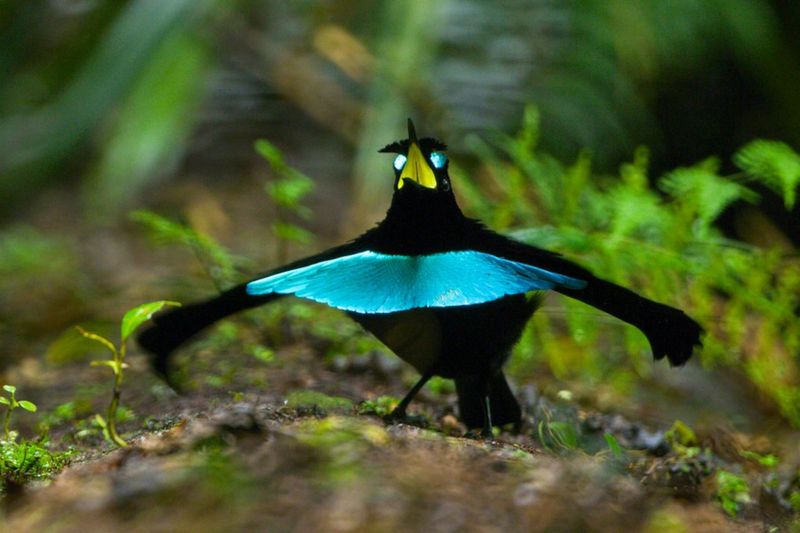
In the mystical rainforests of New Guinea, the Bird of Paradise performs a hypnotic dance. With vibrant plumage, males clear a dance floor on the forest floor for their courtship display. They hop, sway, and fan out their feathers in a challenge to win a female’s favor.Their extravagant routines are a masterpiece of nature’s creativity. Female birds, discerning and selective, watch with keen eyes. This performance isn’t just about attraction but also displays fitness and genetic quality.nnDid you know? Over 40 species of these birds exist, each with its own unique choreography. Such diversity is rare in the animal kingdom.
Peacock Spider
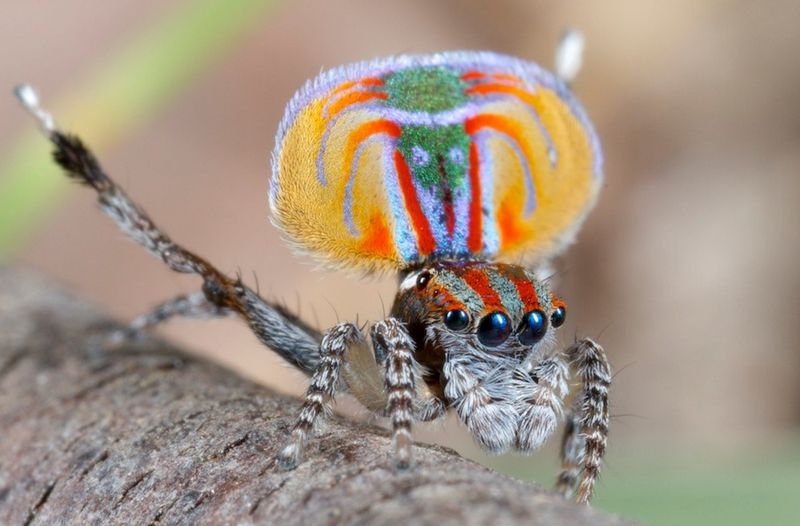
In the microcosm of Australian forests, the Peacock Spider enthralls with its dazzling dance. Despite its small size, this spider’s moves are grand. Males lift and vibrate their colorful abdomen, creating a spectacle akin to a tiny concert.Females watch closely, judging the rhythm and vibrancy of the male’s display. Success means mating, while a poor performance can lead to being ignored or even eaten.This arachnid’s dance is not merely for show. It functions as a survival strategy, ensuring only the most vibrant and agile males pass on their genes.
Bowerbird
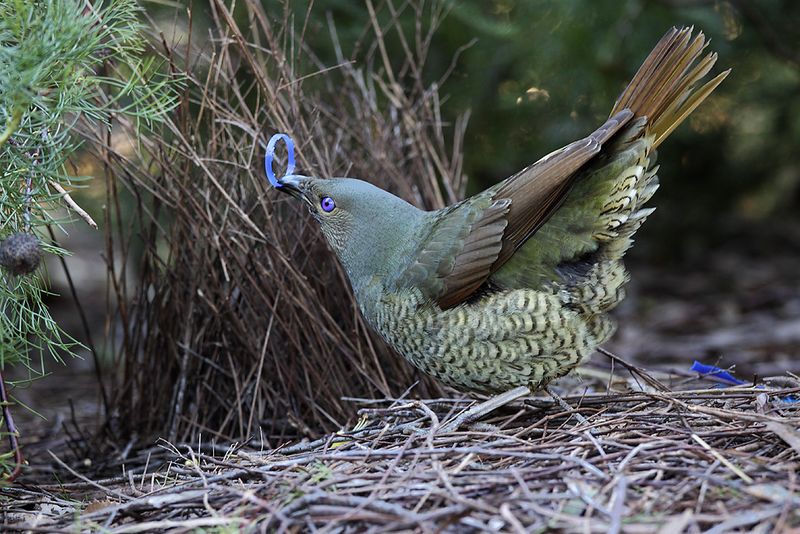
A true architect of the animal world, the male Bowerbird crafts an elaborate bower to woo potential mates. In an extraordinary display of creativity, he collects colorful objects to decorate his structure.The dance begins once the female arrives. With wings outstretched and vocal calls, he performs around his masterpiece. Each dance step is calculated to impress the discerning female.These bowers are more than nests; they are stages showcasing the male’s dedication and flair. This unique courtship ritual highlights the intersection of art and nature.
Flamingo
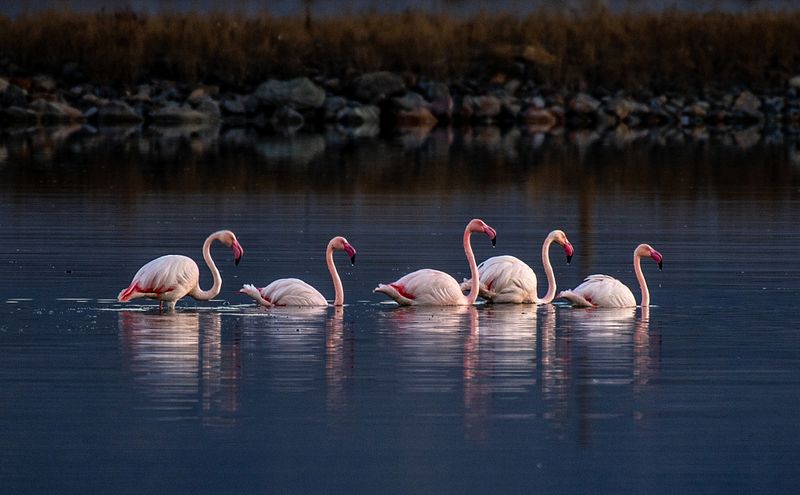
In a ballet of pink elegance, Flamingos gather in shallow lakes to perform their synchronized dance. These grand birds engage in a ritual known as ‘flocking,’ where they rhythmically march back and forth.nnTheir dance serves multiple purposes: strengthening social bonds, attracting mates, and deterring predators. The unity in their movement is mesmerizing, a true spectacle of coordination.Did you know? Flamingos are born gray. Their signature pink hue comes from carotenoid pigments in their diet. This transformation is as stunning as their dance.
Honeybee
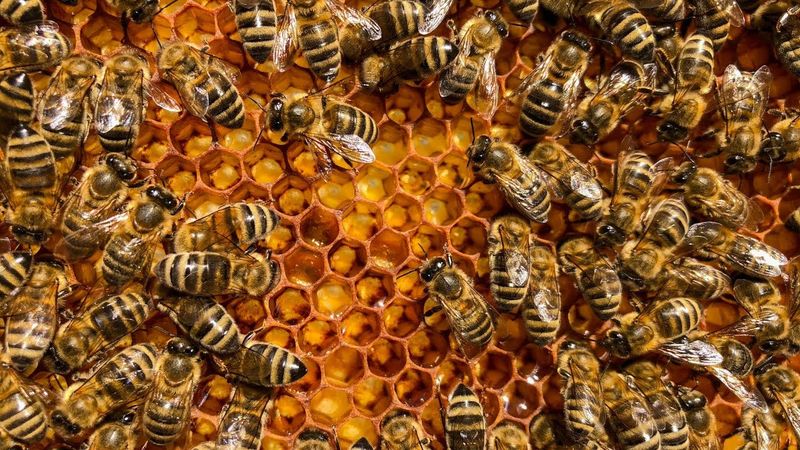
Amidst the buzzing hive, the Honeybee performs its iconic waggle dance. This intricate movement communicates vital information about food sources to fellow bees.The dance’s direction and duration convey the location and quality of the nectar. Bees interpret these signals with precision, ensuring efficient foraging.nnSuch communication is crucial for hive survival and efficiency. The waggle dance exemplifies nature’s complexity and the honeybee’s role as a master communicator.
Red-capped Manakin

In the dense rainforests of Central America, the Red-capped Manakin captivates with its moonwalk. This extraordinary dance, reminiscent of Michael Jackson, is a courtship display like no other.Males glide effortlessly along branches, showcasing their agility and flair. Female manakins, impressed by skill and stamina, choose mates based on these performances.Such unique displays underscore the creative lengths animals go to for reproduction. The Red-capped Manakin’s dance is a testament to nature’s ingenuity.
Japanese Crane
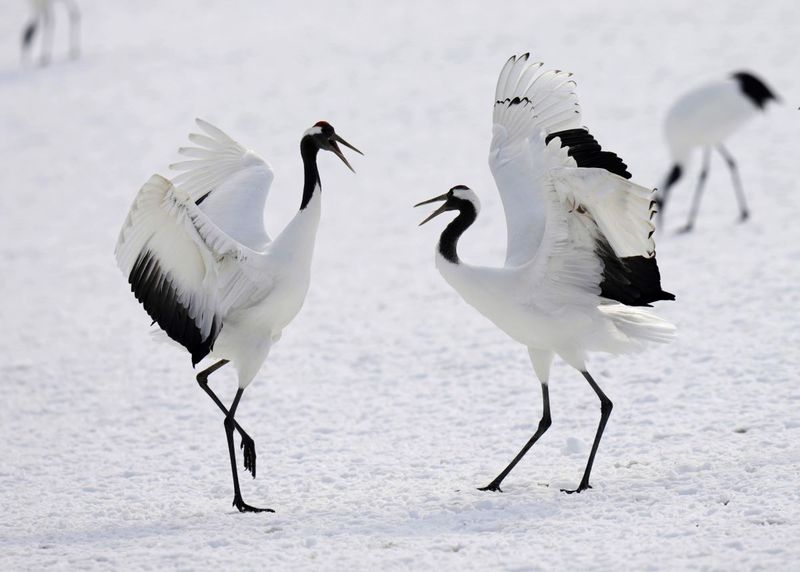
Amid the serene landscapes of Japan, the Japanese Crane dances gracefully. Pairs engage in a mesmerizing duet, with leaps, bows, and calls echoing through the wetlands.These dances strengthen bonds between mates and play a role in territory establishment. The elegance and precision of their movements have inspired Japanese culture and art.Did you know? Japanese Cranes are symbols of happiness and longevity in Japanese folklore. Their dance mirrors the grace and harmony they represent.
Laysan Albatross
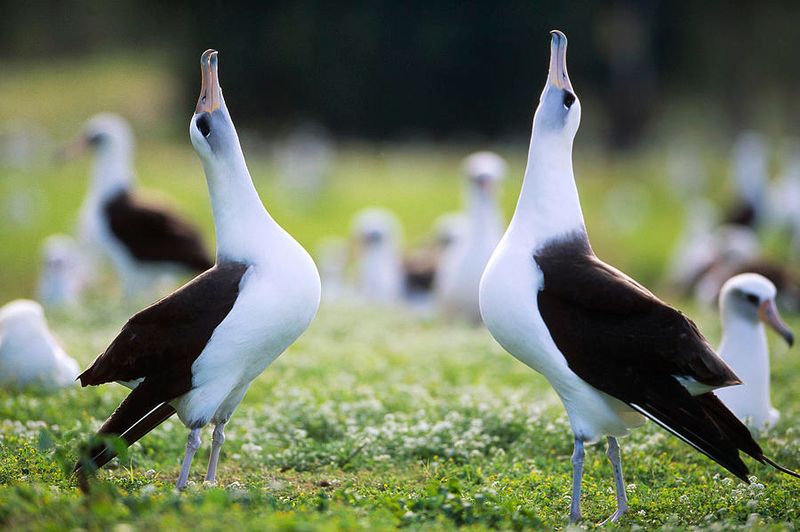
On the windswept beaches of Hawaii, the Laysan Albatross performs its elaborate courtship dance. Partners engage in a series of synchronized movements, including bill clacking and sky pointing.This dance is crucial for forming and maintaining pair bonds. The albatross, known for its long lifespan, invests heavily in choosing a lifelong partner.The dance’s complexity ensures compatibility and strengthens the bond. This ritual is a cornerstone of their reproductive success.
Wolf Spider
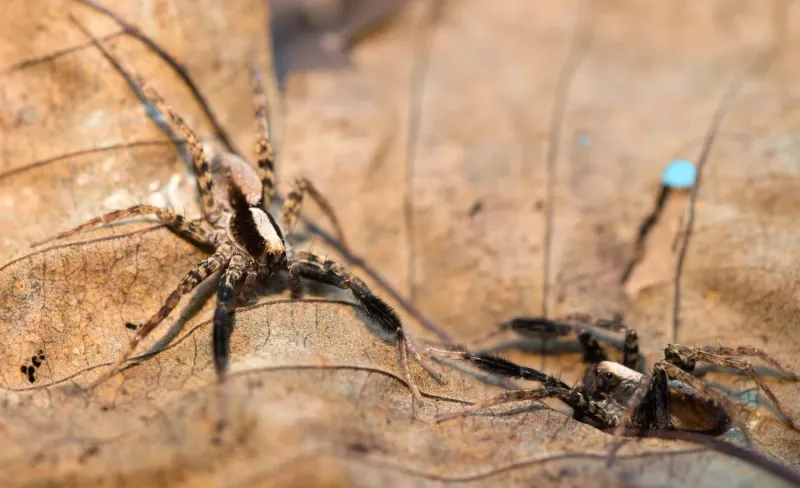
Amidst the undergrowth of North America’s woodlands, the male Wolf Spider showcases its dance. With rhythmic leg taps and body vibrations, it seeks to captivate a potential mate.These movements serve as both a courtship display and a way to convey identity and fitness. Female spiders judge potential partners based on the precision and vigor of their dance.The dance is not just an elegant display but also a test of endurance and skill. Wolf Spiders highlight the delicate balance between attraction and survival.
Blue-footed Booby
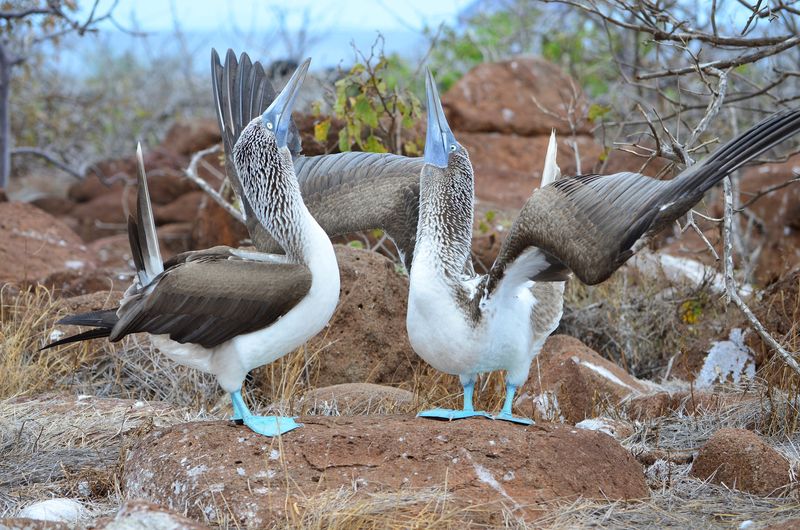
On the rocky shores of the Galápagos Islands, the Blue-footed Booby dances with flair. Males lift their striking blue feet in a slow, exaggerated march, showcasing their suitability as mates.The bluer the feet, the more attractive the male. This dance is a testament to the importance of visual cues in the animal kingdom. Did you know? The blue color comes from carotenoid pigments obtained from their diet. The intensity of the color indicates a healthy diet and, by extension, a healthy mate.
Sage Grouse
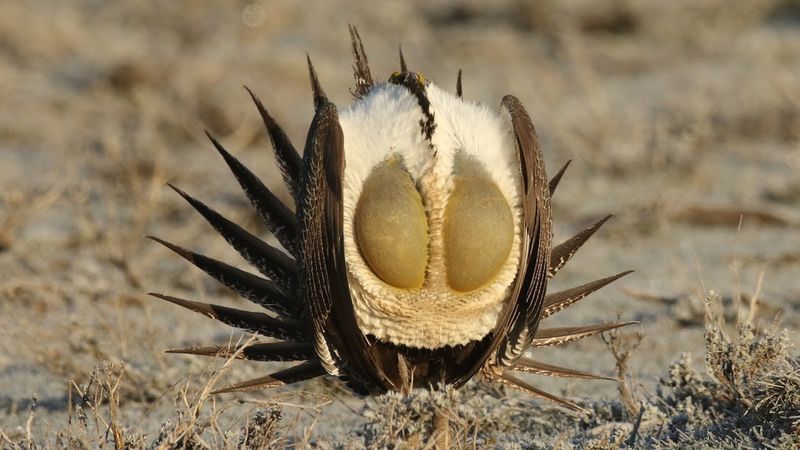
In the vast prairies of North America, the male Sage Grouse performs a captivating dance. During mating season, males gather on leks, displaying their inflated chest sacs and spiky tail feathers. Their rhythmic movements and distinctive popping sounds echo across the landscape, attracting females. This spectacle is not only a courtship ritual but also a display of dominance and vigor. The Sage Grouse’s dance is a vital part of their breeding strategy, ensuring the continuation of this iconic species.
Antarctic Krill
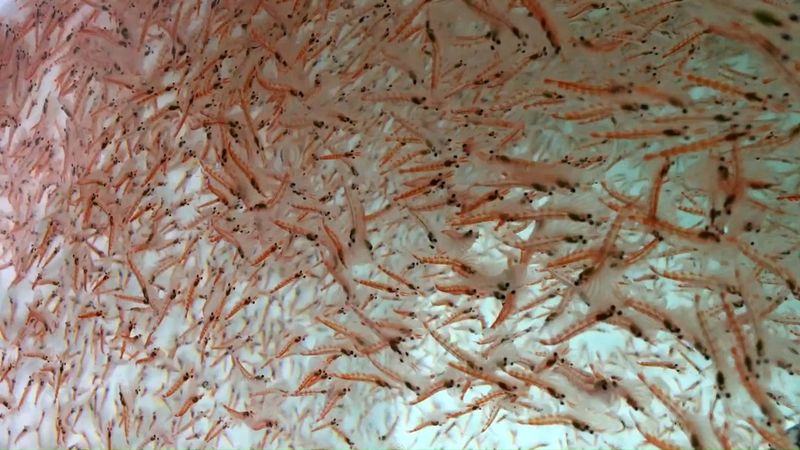
In the icy Southern Ocean, Antarctic Krill engage in a mesmerizing underwater ballet. These tiny crustaceans move in unison, creating waves of motion that are both hypnotic and essential. Their dance supports communication and coordination within the swarm, crucial for survival in their harsh environment. This collective movement aids in locating food and avoiding predators. The krill’s dance is a fundamental part of the oceanic ecosystem, highlighting the interconnectedness of marine life.
Greater Bird of Paradise
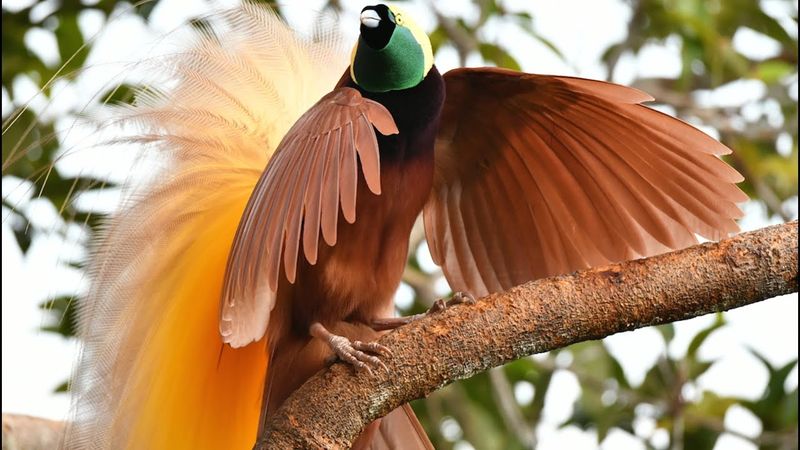
Perched in New Guinea’s lush rainforests, the Greater Bird of Paradise dazzles with its dance. With feathers fanned wide and iridescent colors shimmering, males perform to win a mate’s favor. These dances are elaborate, involving complex calls and movements that showcase the male’s vitality. Watching them is like witnessing a living rainbow in motion. Did you know? The Greater Bird of Paradise was once considered the most beautiful bird in the world by early explorers. Their dance remains a breathtaking spectacle of nature.
Dolphin
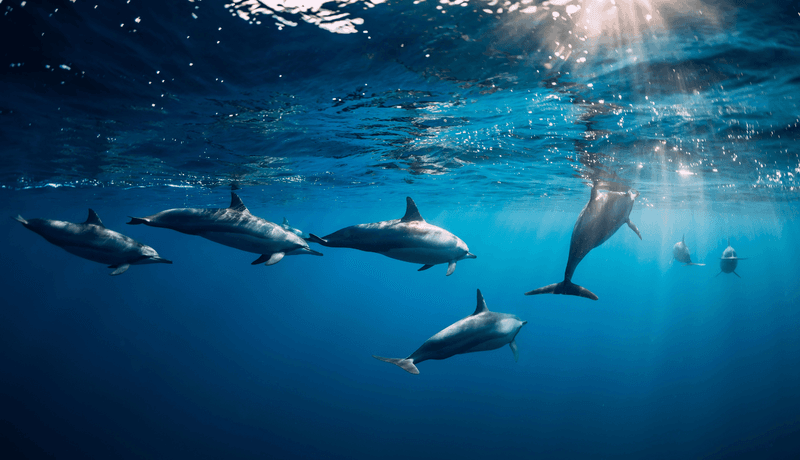
In the azure depths of the ocean, Dolphins captivate with their acrobatic displays. These intelligent mammals leap and spin, communicating and strengthening social bonds within the pod. Their playful dances are a form of expression and coordination, crucial for hunting and social interaction. Dolphins’ movements are a beautiful blend of grace and intelligence. Did you know? Dolphins use a variety of vocalizations alongside their dance. This combination makes them one of the most communicative marine species.

